What Stands In A Storm: Four Years Later
On April 27, 2011, I huddled in my laundry room with my husband and 3-year-old son as the EF4 tornado that devastated Tuscaloosa headed toward our house. It missed us by seven miles, but destroyed the neighboring community of Pleasant Grove, along with several others. It was just one of 62 tornadoes that struck Alabama that day, killing more than 250 Alabamians. In the weeks that followed, Southern Living sent a team of writers and photographers out into several states. We were looking not for news, but for timeless stories that would ring true long after the storm. We told those stores in this feature (August 2011).
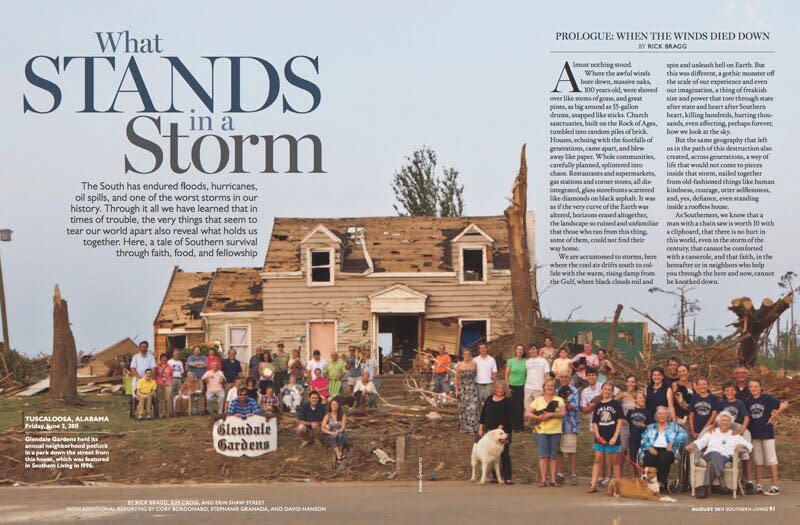
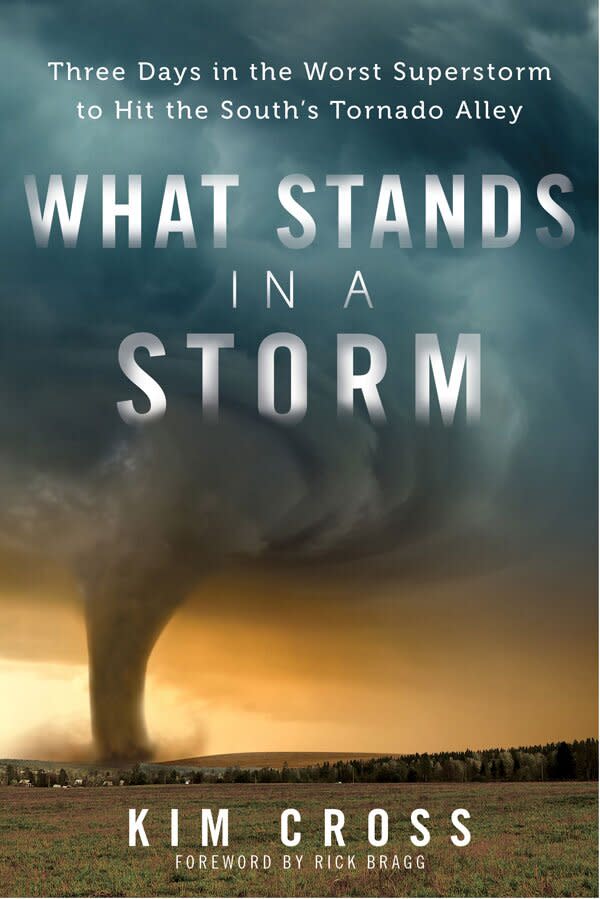
The story won some awards, but more importantly, y'all wrote us hundreds of letters, emails, posts, and comments to tell us what it meant to you. Many of you said, "It made me proud to be Southern." Which is the highest compliment we know. Your letters convinced me that this story should be a book, and I took a faithful leap and quit my job to tell it.
The book, called What Stands In A Storm, tells the story of the biggest tornado outbreak on record, through the people who faced it. It's out March 10, and an exclusive excerpt runs in the March issue of Southern Living. I'm thankful for the readers who told me this story touched them. Here are a few poignant stories I found in more than a year of research:
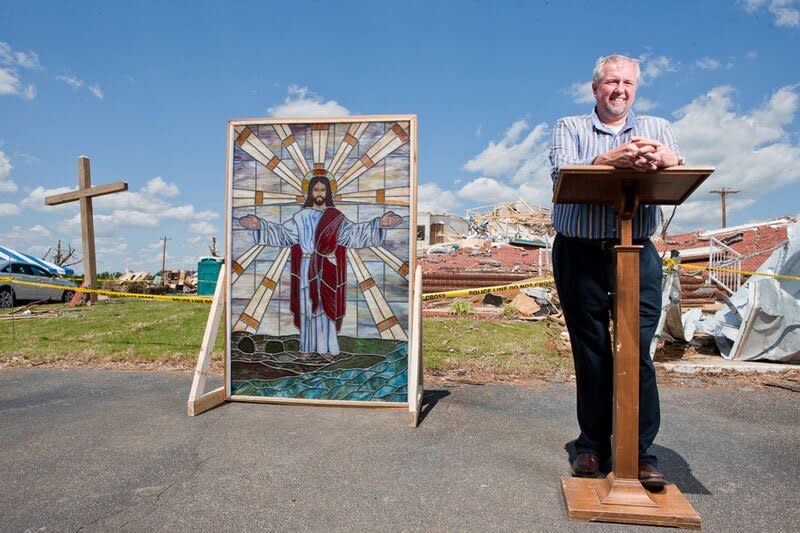
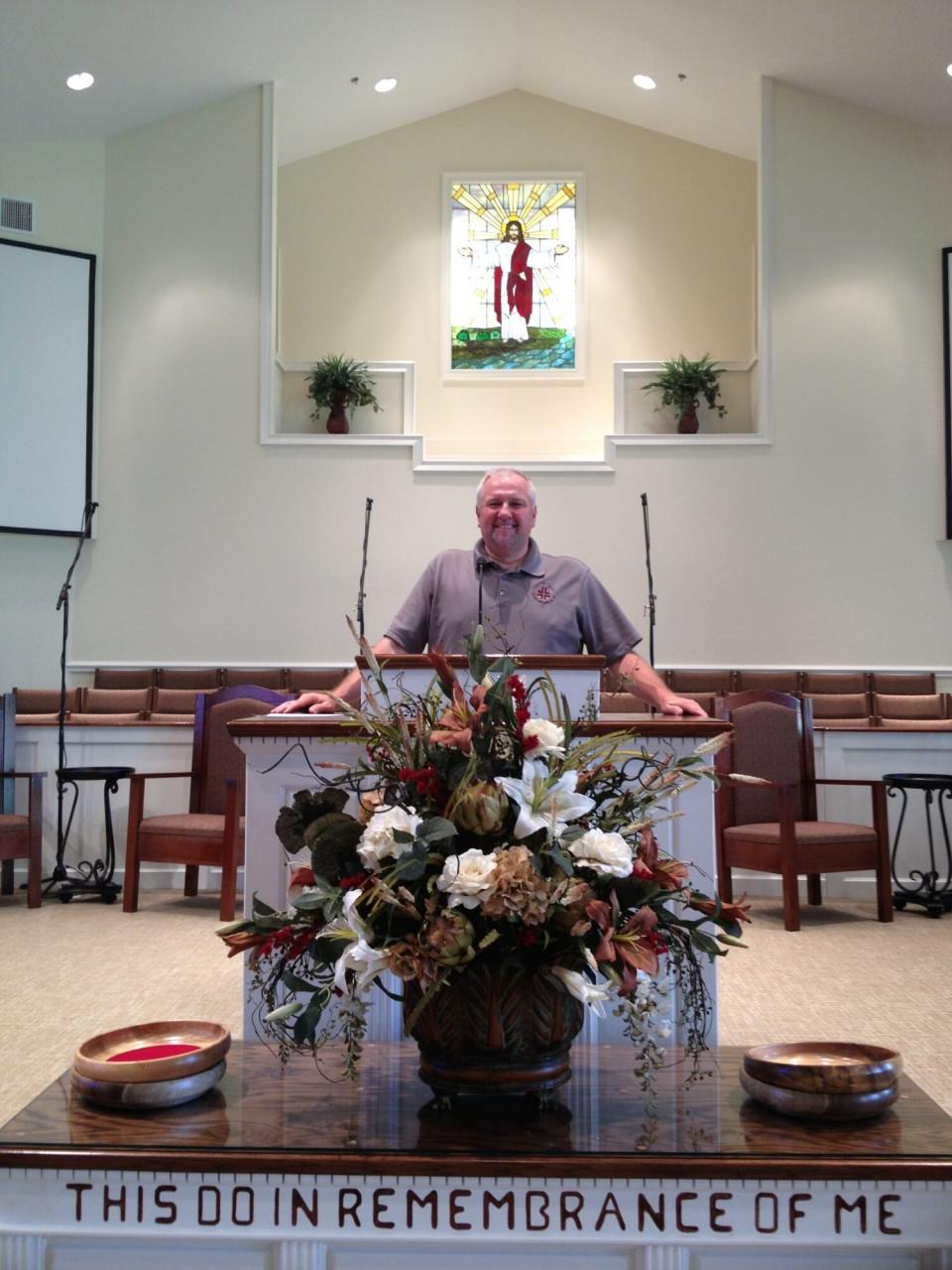
You may remember Pastor Wes White, who survived the Smithville EF5 tornado as his church fell down upon him. The only thing left of Smithville Baptist Church was one unbroken stained-glass window. That Sunday after, his congregation had church in the parking lot. "Our church building is gone, but our church has never been more beautiful," he said. "I believe our God is going to take our devastation and turn it into something beautiful." Now, four years later, Smithville Baptist has been rebuilt bigger and better, with a new nursery and impressive youth ministry wing. And that unbroken window overlooks an expansive sanctuary and a growing congregation.
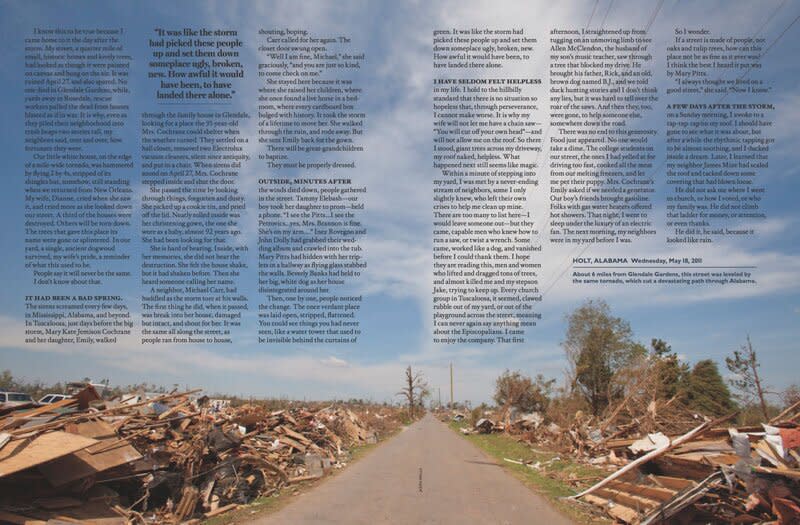
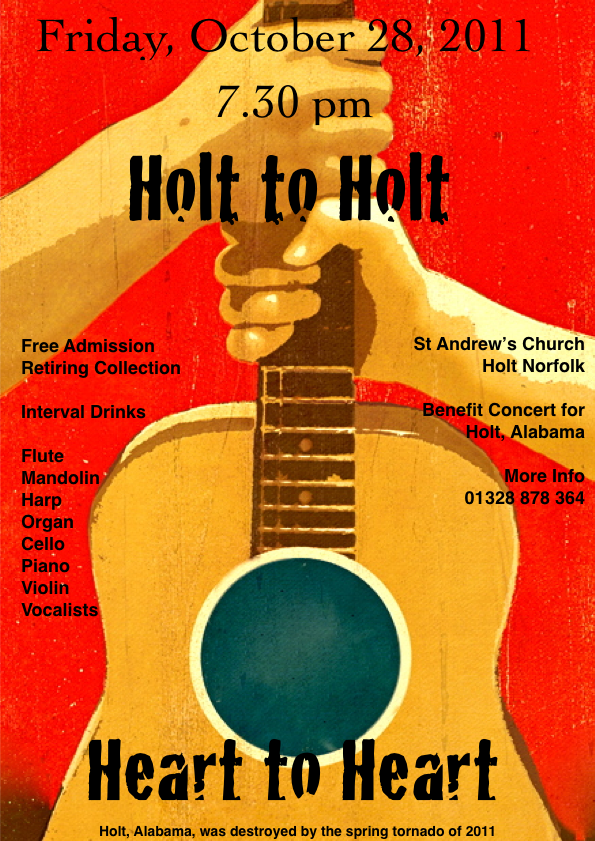
More than a few readers were inspired to action. Some of the people we wrote about received generous donations. One letter came all the way from England, where Southern ex-pat Alan Heath was so moved by a photo of Holt, Alabama that he rallied his town—Holt, England—to host a benefit concert. His church members sang Southern spirituals and gospel songs, auctioned off a quilt, and raised around $2,000 for their sister city. They called it "Holt to Holt, Heart to Heart."
The town of Phil Campbell (where the memory quilt from our story/video took flight) had some really touching recovery stories. The town's high school and elementary school collectively won $75,000 in grants from the 'Glee' Give a Note campaign. It was also the subject of an award-winning documentary called "I'm With Phil," about 20 men named Phil Campbell (and at least one Phyllis) who came from around the world to help rebuild their namesake town.
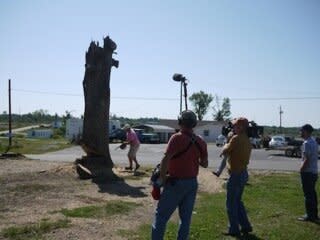
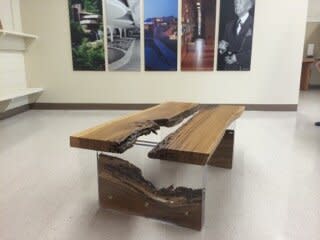
Also in Phil Campbell, a 100-year-old oak tree stripped to its trunk by the storm was cut down and made into beautiful rustic-modern tables by Robin Wade Furniture, a boutique furniture maker based in nearby Florence, Alabama. Two of the tables were auctioned and raffled to raise more than $5,000 for the I'm With Phil movie. One of them now sbelongs to Bruce Foreman, whose wife is a counselor. Bruce, who works with his wife, says he explains the origins of the table, and it often starts a conversation about that day.
It's a story we will be telling for a long time.
Kim Cross is a Birmingham-based freelancer writer who teaches journalism at the University of Alabama. We named her one of the "50 People Who Are Changing The South in 2015,"

